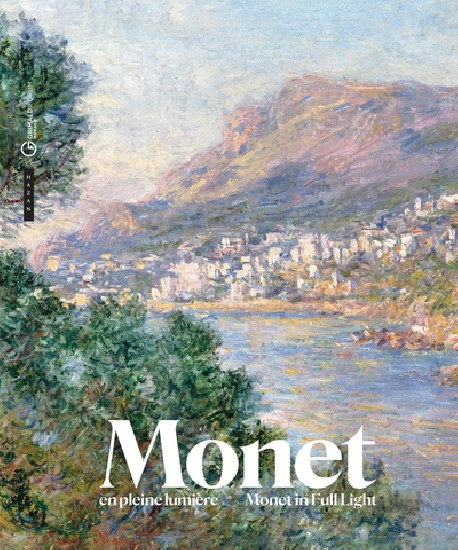No products
Product successfully added to your shopping cart
There are 0 items in your cart. There is 1 item in your cart.
Exhibition catalogue
- New Art Books
- Exhibition catalogue
- Highlights
- Art Book Sale
- Museum's Shop & Gifts
- Bilingual art books and foreign editions
- Children's Books
- Art History
- Painting
- Architecture
- Sculpture
- Drawing & Engraving
- Photography
- Contemporary art
- Decorative Arts & Design
- Art Techniques
- Critics
- Entertainment art books
- Civilisations
- Partners Reviews
Monet in Full Light
In 1883, halfway through his long life and settling in at Giverny, Claude Monet, still in search of inspiration, made his first trip to Monte Carlo and the Riviera, which he discovered with his friend Pierre-Auguste Renoir. He returned alone in 1884 and again in 1888.
Product not available
| Model | 9782754113359 |
| Artist | Claude Monet |
| Author | Sous la direction de Marianne Mathieu |
| Publisher | Hazan / Grimaldi Forum |
| Format | Ouvrage relié |
| Number of pages | 285 |
| Language | Bilingue Français / English |
| Dimensions | 290 x 245 |
| Published | 2023 |
| Museum | Grimaldi Forum, Monaco |
Exhibition Catalogue "Monet in Full Light", presented at the Grimaldi Forum Monaco (8 july - 3 september 2023).
In Monte-Carlo, Roquebrune, Bordighera and Antibes, Claude Monet nourished his quest, his obsession, to capture light. As a northern painter, he discovered a new palette of colors, new elements, and found it difficult to paint them. It was during his final stay in Antibes in 1888, that he envisioned his famous series painting from the Salis beach, the fort of Antibes in all the seasons.
This exhibition curator Marianne Mathieu invites the visitor to approach Claude Monet's work through the prism of light: "let's not ask what Monet paints but rather when he paints it; let's not look for a motif, but for a moment..."
As Marianne Mathieu says, "Monet's work is very coherent. From his youth in Le Havre, to the last paintings in Giverny, the painter does not try to paint a motif, but rather a moment ; Monet does not paint a landscape, but an atmosphere. On the Riviera, between 1883 and 1888, this means maturity; Monet discovers himself as the painter of the series. In Giverny, which he almost never left at the turn of the century, the painter evolved again, changing his point of view, and now painted only the mirror of water. Monet abandoned panoramic views in favor of a tighter framing offering a quasi-abstract vision of the water and its reflections. He does not paint his garden, only the elements of water and light. He paints the image of a floating world."
Recently viewed items










